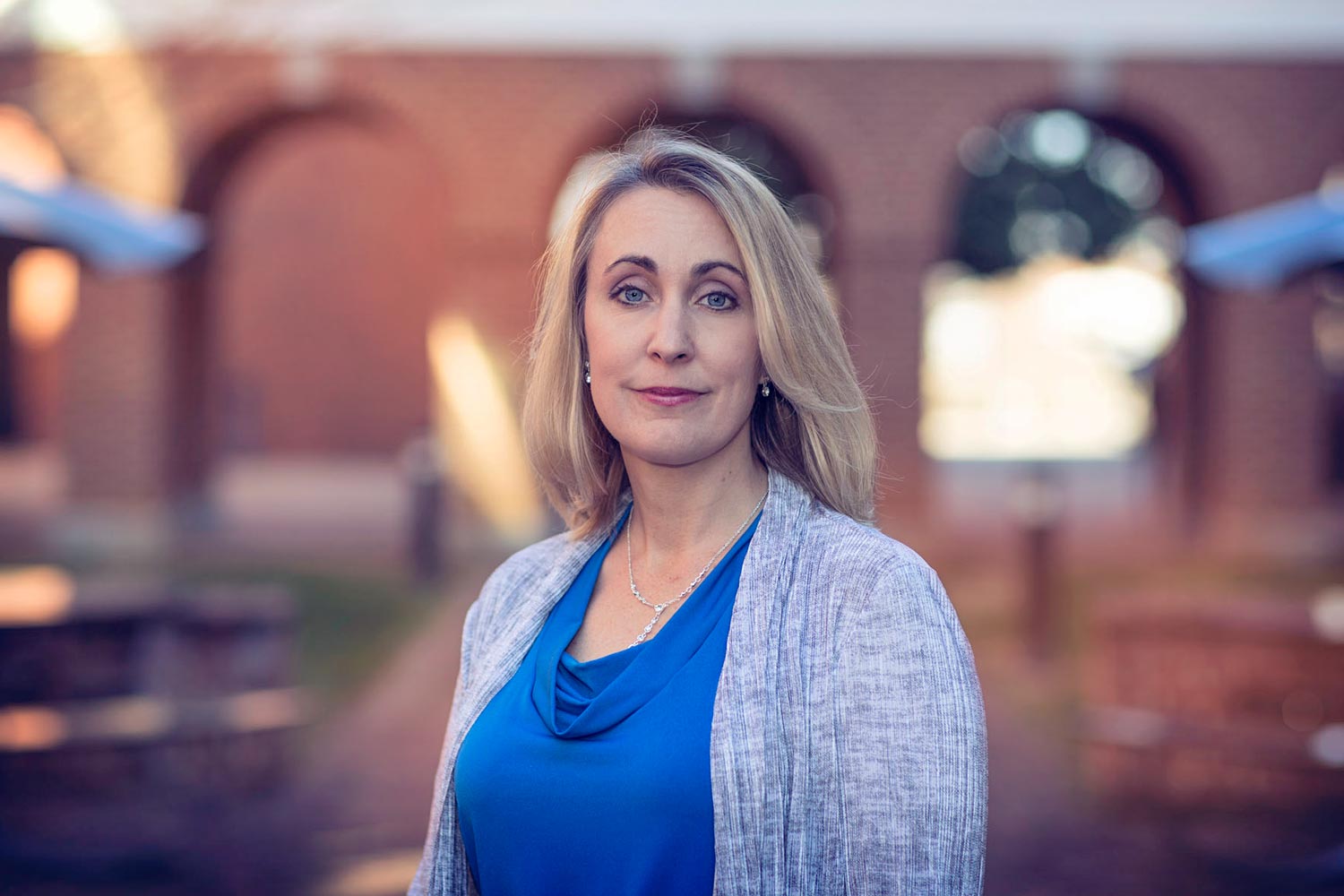A new program piloted by a University of Virginia researcher and her colleagues is enhancing access to early diagnosis in rural communities by training primary care providers to recognize and accurately diagnose autism in young children.
Earlier diagnosis can lead to more effective treatments, the researchers said.
Across the country, families wait an average of three years between noticing signs of autism and receiving the diagnosis, resulting in critical delays in obtaining intervention and support. A new pilot study shows that training community-based primary care providers eliminated diagnostic wait times for young children at the highest risk for autism and saved families an average of 172.7 miles in travel for diagnosis.
“We know that early diagnosis of autism is a game-changer,” said Micah Mazurek, an associate professor and clinical psychologist with expertise in autism at UVA’s Curry School of Education. “The earlier we can begin working with a child with autism, the better the outcome. Beginning intervention as early as possible capitalizes on important developmental windows and maximizes children’s learning potential.”
There are many reasons why autism diagnoses may be delayed. Few health care providers have expertise in diagnosing autism, leading to long waitlists at autism centers. Many families are not able to travel to access health care outside their own communities, due to financial, geographic or other barriers.
“As the prevalence of autism spectrum disorder continues to rise, the need for quality health care is outpacing the resources available in many communities,” Mazurek said.
Mazurek and her colleagues at the University of Missouri and the University of New Mexico recently developed and tested a new training program to increase community capacity for early diagnosis. It builds upon the “Project ECHO” tele-mentoring model developed at the University of New Mexico and extends this framework by including hands-on training in standardized autism screening and diagnostic tools. After a 1½-day in-person training, primary care providers participate in ongoing video-based coaching and mentoring every two weeks for 12 months.
The video-based coaching connects local primary care providers to an interdisciplinary team of autism experts, including a pediatrician specializing in autism, a clinical psychologist, a parent of a child with autism, a social worker, a dietitian and a child/adolescent psychiatrist. The expert team provides brief lectures focused on best practice guidelines for autism diagnosis and treatment.
Primary care providers then learn through guided practice as they follow these guidelines in their own practices and present cases for discussion with the expert team and other participants. In this way, the program equips providers in local communities with the expertise they need to diagnose autism in young children with clear-cut symptoms of autism and to appropriately refer those with more complex needs for further assessment.

In the first study of this new ECHO Autism STAT program, 18 primary care providers in underserved areas participated in a 12-month pilot. “What we found was that participants showed notable improvements in their autism screening and diagnostic abilities,” Mazurek said. “With mentorship and guided practice, they were able to accurately screen and diagnose autism in young children with the most significant needs, eliminating the delay between first concerns and diagnosis.”
According to the pilot, the ECHO Autism STAT model increases autism expertise in local communities. Participants also reported improved confidence in their abilities to support and care for children with autism in their practices.
“What is most exciting to me about this model is that it rapidly facilitates access to timely autism diagnosis for children at highest need for early intervention,” Mazurek said. “By leveraging technology to support primary care providers in local communities, we are able to eliminate geographic and other barriers to care.”
Media Contact
Article Information
August 20, 2018
/content/earlier-autism-diagnosis-means-better-outcomes-rural-children

